Page 177 of 271

Driving and the Environment
176
Avoiding full throttle Driving more slowly means saving fuel.Sensitive use of the accelerator will not only
significantly reduce fuel consumption but
also positively influence environmenta
l pollution and wear of your vehicle.
You should avoid exploiting the top speed
of your vehicle wherever possible. Fuel
consumption, pollutant emissions and vehicle noises increase disproportionally at high speeds. The
⇒fig. 160
shows the ratio between the fuel
consumption and the speed of your
vehicle. You will cut your fuel consumption by
half if you only make use three-quarters
of the possible top speed of your vehicle.Reducing idling Idling also costs fuel.It is worthwhile switching off the engine in
a traffic jam or when waiting at a level
crossing or at traffic lights with a lengthy red phase. Even after just 30 - 40 seconds you will have saved more fuel th
an that is needed when you start the engine up again.
If an engine is only idling it takes much
longer for it to reach its normal operating
temperature. Wear-and-tear and pollutant emis
sions, though, are particularly high in
the warming-up phase. This is why you should drive off right after starting the engine. Do avoid high engine revolu
tions at this time, however.
Regular servicing A poorly tuned engine consumes an unnecessarily high amount of fuel.Having your vehicle serviced regularly at a specialist garge enables you to satisfy
one
of the requirements for economical motoring
even before you set off on your journey.
Keeping your vehicle properly serviced not on
ly has a positive effect on the safety of
your vehicle and maintaining its value, but also saves on
fuel
.
A poorly tuned engine can result in a fuel consumption which is 10% higher than normal. The foreseen maintenance work should be undertaken exactly according to the Service schedule by a specialist garage. Also check the
oil level
after refueling.
Oil consumption
is dependent to a consider-
able extent on the load and speed of the en
gine. Oil consumption could be as high as
0.5 litres/1 000 km depending on your style of driving. It is quite normal that a ne
w engine has a higher oil cons
umption at first, and reaches
its lowest level only after a certain running
in time. It is therefore not possible to
correctly assess the oil consumption of a ne
w vehicle until after you have driven about
5 000 km.
For the sake of the environment
•
You can achieve additional
improvements in your fuel economy by using high-
lubricity oils.•
Check the ground below your vehicle at regular intervals to detect any leakages in
good time. Please have your vehicle inspec
ted by a specialist garge if you find any
stains caused by oil or other fluids on the floor.
Fig. 160 Fuel consumption in litres/100 km. and speed in km/h.
sgg.6.book Page 176 Thursday, September 24, 2009 2:32 PM
Page 178 of 271

Driving and the Environment
177
Using the system
Safety
Driving Tips
General Maintenance
Breakdown assistance
Technical Data
Avoid driving short distances Short distances result in an above-average high fuel consumption.– Avoid driving a distance of no more
than 4 km if the engine is cold.
The engine and catalytic converter mu
st first have reached their optimal
operating
temperature
in order to effectively reduce fuel consumption and pollutant emissions.
The cold engine vehicle consumes approx. 15 - 20 litres/100 km of fuel immediately after starting. Fuel consumption drops to 10
litres/100 km after just 1 kilometre. The
engine reaches its operating temperat
ure (outside temperature and engine
dependent) only after about
4 to 10
kilometres and the fuel
consumption then stabi-
lizes. You should therefore avoid driving short distances whenever possible. An important factor in this connection is also the
ambient temperature
⇒fig. 161
. It
shows the fuel consumption after driving a
certain distance, on the one hand at a
temperature of +20°C and on the other hand
at a temperature of -10°C. Your vehicle
has a higher fuel consumption in winter than in summer.Checking tyre inflation pressures Tyres which are correctly inflated save fuel.Always ensure that your tyres are inflated to the correct pressure at all times. The rolling resistance will be increased if the tyre filling pressure is too low. This will not only increase fuel consumption but also tyre we
ar and the driving behaviour will worsen.
Always check the inflation pr
essure of the tyres when
cold
.
Do not drive with
winter tyres
all year round for this costs about 10 % more fuel. They
are also louder and have poorer handling
characteristics and higher wear at tempera-
tures more than 10°C.No unnecessary ballast Transporting ballast costs fuel.The fact that every kilogram of extra
weight
increases your fuel consumption means
that it is worth taking a look in the luggage compartment to avoid transporting any unnecessary ballast. It is particularly in town traffic, when on
e is accelerating quite often, that the vehicle
weight will have a significant effect upon th
e fuel consumption. A rule of thumb here
is that an increase in weight of 100 kilogr
ams will cause an increase in fuel consump-
tion of about 1 litre/100 kilometres. You may frequently also leave a
roof rack fitted
on just out of convenience, although
you no longer need it. The in
creased aerodynamic drag of yo
ur vehicle causes it to use
about 10% more fuel than normal at a speed of 100 - 120 km/h, even when you are not carrying a load on the roof.Saving electricity Generating electricity costs fuel.– Switch off electrical components as
soon as you no longer need them.
When the engine is running,
the alternator generates and
supplies electrical power.
The greater the load on the alternator as a result of having a large number of electrical components switched on, the more fuel
will be consumed for operating the
alternator.Keeping a log of your fuel consumptionIf you really wish to keep a close check on your
fuel consumption
, it is best to enter
the figures in a logbook. This does not take much time but is a very worthwhile exer- cise. It enables you to detect any change (p
ositive and negative) at an early stage and
to take any appropriate action.
Fig. 161 Fuel consumption in litres/100 km at different temperatures
sgg.6.book Page 177 Thursday, September 24, 2009 2:32 PM
Page 179 of 271
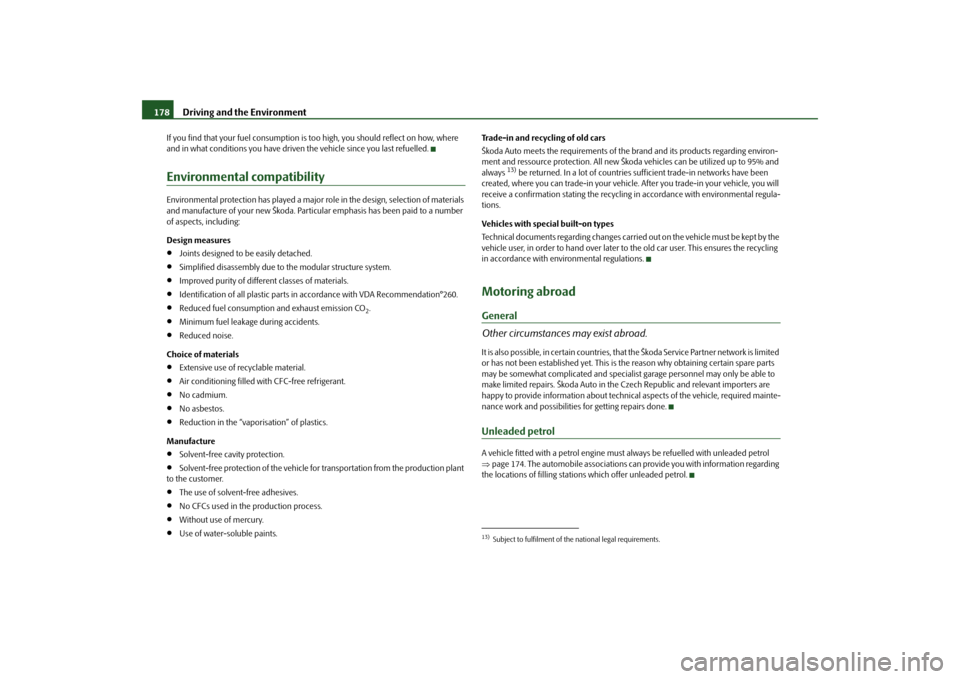
Driving and the Environment
178
If you find that your fuel
consumption is too high, you sh
ould reflect on how, where
and in what conditions you have driven
the vehicle since you last refuelled.
Environmental compatibilityEnvironmental protection has played a major
role in the design, selection of materials
and manufacture of your new Škoda. Particul
ar emphasis has been
paid to a number
of aspects, including: Design measures•
Joints designed to be easily detached.
•
Simplified disassembly due to the modular structure system.
•
Improved purity of different classes of materials.
•
Identification of all plastic parts in
accordance with VDA Recommendation°260.
•
Reduced fuel consumption and exhaust emission CO
2.
•
Minimum fuel leakage during accidents.
•
Reduced noise.
Choice of materials•
Extensive use of recyclable material.
•
Air conditioning filled with CFC-free refrigerant.
•
No cadmium.
•
No asbestos.
•
Reduction in the “vapor
isation” of plastics.
Manufacture•
Solvent-free cavity protection.
•
Solvent-free protection of the vehicle for
transportation from the production plant
to the customer.•
The use of solvent-free adhesives.
•
No CFCs used in the production process.
•
Without use of mercury.
•
Use of water-soluble paints.
Trade-in and recycling of old cars Škoda Auto meets the requirements of the brand and its products regarding environ- ment and ressource protection. All new Škoda
vehicles can be utilized up to 95% and
always
13) be returned. In a lot of countries suff
icient trade-in networks have been
created, where you can trade-in your vehicle.
After you trade-in yo
ur vehicle, you will
receive a confirmation stating the recycling
in accordance with environmental regula-
tions. Vehicles with special built-on types Technical documents regarding changes carried
out on the vehicle must be kept by the
vehicle user, in order to hand
over later to the old car user. This ensures the recycling
in accordance with environmental regulations.Motoring abroadGeneral Other circumstances may exist abroad.It is also possible, in certain countries, that the Škoda Service Partner network is limited or has not been established yet. This is the reason why obtaining certain spare parts may be somewhat complicated and specialist
garage personnel may only be able to
make limited repairs. Škoda Auto in the Czech Republic and relevant importers are happy to provide information about technical
aspects of the vehicle, required mainte-
nance work and possibilities for getting repairs done.Unleaded petrolA vehicle fitted with a petrol engine must
always be refuelled
with unleaded petrol
⇒ page 174. The automobile associations can provide you with information regarding the locations of filling stations which offer unleaded petrol.13)Subject to fulfilment of the national legal requirements.
sgg.6.book Page 178 Thursday, September 24, 2009 2:32 PM
Page 180 of 271

Driving and the Environment
179
Using the system
Safety
Driving Tips
General Maintenance
Breakdown assistance
Technical Data
HeadlightThe low beam of your headlights is set asymmetrically. It illuminates the side of the road on which you are driving to a greater ex
tent. If you drive abroad on the other side
of the road, you will
dazzle oncoming traffic.
In order to prevent the dazzling of oncoming traffic, it is necessary that an adjustment of the headlights is carried out by a specialist garage. The adaptation of the headlights with Xenon
lights* (applies only to
vehicles which are
designed for driving on the right and on the left) is performed in the menu
Setup
Tr a v e l m o d e
in the main menu of the Information display*
⇒page 24.
Note
You can obtain further information regarding masking over the headlights from a specialist garage.Avoiding damage to your vehicleWhen driving on poor roads and lanes or
when driving over kerbstones, steep ramps
etc., you must pay particular attention to
ensuring that any low-slung parts of the
vehicle, such as spoiler and exhaust,
do not touch the ground and get damaged.
This particularly applies to
models with a lowered suspen
sion (sport suspension) and
also when your vehicle is fully laden.Driving through bodies of water on roads
In order to avoid damage to the vehicle wh
en driving through bodies of water (e.g.
flooded roads), observe the following:•
Determine the depth of the water when driv
ing through bodies of water. The water
can reach at the maximum the web on the lower sill of the vehicle
⇒fig. 162
.
•
Drive no more than at walking speed. At a higher speed, a water wave can form in
front of the vehicle which can cause water to
penetrate into the air induction system of
the engine or into other parts of the vehicle.•
Never let the vehicle stand in the water,
never drive backwards and do not switch
off the engine.
WARNING
•
Driving through water, mud, sludge etc. can reduce the braking power and
extend the braking distance - risk of accident!•
Avoid sudden and severe braking manoeuvres immediately after driving
through bodies of water.•
After driving through bodies of water, the brakes must be cleaned and dried
as soon as possible by intermittent braking. Only apply the brakes for the purpose of drying and cleaning the brake
discs if the traffic conditions permit
this. Do not place any other road users in jeopardy.
Caution
•
When driving through bodies of water, pa
rts of the vehicle such as the engine,
gearbox, catalytic converter, chassis
or electrics can be severely damaged.
•
Oncoming vehicles can gene
rate water waves which ca
n exceed the permissible
water level for your vehicle.•
Potholes, mud or rocks can be
hidden under the water making it difficult or impos-
sible to drive through the body of water.•
Do not drive through salt water. The salt
can lead to corrosion. Immediately rinse
all the parts of the vehicle, which came into
contact with the salt water, with fresh
water.
Fig. 162 Crossing bodies of water
sgg.6.book Page 179 Thursday, September 24, 2009 2:32 PM
Page 181 of 271

Driving and the Environment
180
Note
After driving through a body of water, we
recommend that the vehi
cle is checked by a
specialist garage.Off-road drivingImportant information
WARNING
•
Never drive too fast, particularly not around curves, and never undertake
extreme driving manoeuvres.•
Always adjust your speed and adapt your style of driving to suit road, off-
road, traffic and weather conditions.•
In case the vehicle is stationary on a hi
llside at a steep angl
e, do not exit the
vehicle when it is facing downhill. Throug
h this the overall centre of gravity can
shift in such a way that the vehicle tilts and rolls down the hillside - hazard! Always carefully exit your vehicle on the side facing uphill
⇒page 186.
•
A lack of experience and knowledge when
driving off-road can lead to crit-
ical situations an
d serious injuries.
•
Never choose a dangerous route and never take a risk which could jeop-
ardize your safety and that of your passengers. If you cannot go on or if you doubt the safety of the route, turn back and choose another way. Even a terrain, which looks harmless, can be difficult and dangerous, and may bring you and your passengers into
a critical
situation.
•
If you have not fastened your seat belt correctly or you are not wearing your
seat belt at all, or you are holding th
e steering wheel incorrectly when driving
off-road, the risk of severe or even fata
l injuries increases.
Correctly fastened
seat belts reduce serious injuries in case of sudden braking manoeuvers and accidents. As long as the vehicle is in motion, always have your seat belt and those of your passen
gers correctly fastened. Take yo
ur thumbs off the steering
wheel when driving off-road. Should resist
ance build up in front of the wheels,
the steering wheel may suddenly and unexpect
edly spin and hur t you. Hold the
steering wheel with both hands firmly on
the outer edge in the 9 o'clock and 3
o'clock position.•
If you have not fastened your seat belt correctly or you are not wearing your
seat belt at all, or you are holding th
e steering wheel incorrectly when driving
off-road, the risk of severe or
even fatal injuries increases.
•
Correctly fastened seat belts reduce serious injuries in case of sudden
braking manoeuvers and accidents. Th
erefore you and your passengers must
always fasten your seat belts correctl
y as long as the vehicle is moving.
•
Take your thumbs off the steering wh
eel when driving off-road. If the
wheels hit an obstacle, the steering wh
eel may suddenly and unexpectedly spin
and hurt you!•
Never use the cruise control system when driving off-road. The use of the
cruise control system when driving off-
road is unsuitable and can even be
dangerous.•
Do not drive over embankments, ramps or
hillsides at too high a speed. This
can lead to the wheels of the vehicle lifting off the ground so that you can no longer steer and control the vehicle.•
If the wheels lose contact with the
ground, for example when the vehicle
rebounds while driving over
corrugations, steer straight ahead. If the wheels
are turned when making the contact with
the ground again, the vehicle can roll
over.•
There should never be any person in front or behind the vehicle when rocks,
scrub, wood pieces or other objects ar
e placed under the wheels in order to
achieve traction on a sandy or slippery ground. Turning the wheels can trans-form these objects into dangerous “bullets” – hazard!Warning of a rolloverVehicles of this type
have a higher centre of gravit
y than ordinary vehicles. This
increases the risk of vehicle rollover when driving on-road and off-road. Therefore, you must always pay attention to the safety information which is stated in the Owner's Manual.
WARNING (continued)
sgg.6.book Page 180 Thursday, September 24, 2009 2:32 PM
Page 182 of 271

Driving and the Environment
181
Using the system
Safety
Driving Tips
General Maintenance
Breakdown assistance
Technical Data
WARNING
•
In the event of a vehicle rollover, an occupant of the vehicle who is not
wearing a seat belt is exposed to a clearl
y higher risk of injury compared to an
occupant who is wearing a seat belt.•
Luggage and other items, which are transp
orted on the roof of the vehicle,
additionally raise the centre of gravity and thus increase the risk of a rollover.•
Avoid driving at an
angle on a hillside
⇒page 186.
•
Observe the important guidelines
⇒page 180.
Important informationOff-road driving is not suitable for everyone. Small children, expectant mothers and elderly or physically disabled persons are part
icularly at risk if the ride is rough and
help is far away. The first priority
should always be
safety
.
Never overestimate your own
capabilities and never underestimate the difficulties of
driving off-road. We cannot discuss all the possible driving situations in this manual, because there are so many types of terrains which may hide different risks and dangers. The examples listed in this manual are general rules for
safe off-road driving. It is however not
possible to predict if these rules are valid for all the situations which may occur. Before driving through unknown terrain, it is ther
efore important that you know what lies
ahead of you. This way you can estima
te any possible danger in advance.
For the sake of the environment
When driving off-road, show respect and
appreciation for the environment and its
preservation for future generations.Before driving off-road for the first timeBefore driving off-road, we recommend that
you take part in an Off-road driver
training course. This is especial
l y i m p o r t a n t i f y o u h a v e l i t t l e o r n o e x p e r i e n c e o f d r i v i n g
off-road. In a driver training
course, you learn how to use th
e vehicle in many different
off-road situations and how to handle the
vehicle safely when driving through rough
terrain. Driving off-road requires entirely different skills from the driver and a very different behaviour than driving on the road. Your pers
onal safety and that of your passengers
depend on you, your capabili
ties and your cautiousness.
Do not drive off-road where it is not suitable for your vehicle or where the demands on you are too high. Although your vehicle
can handle off-road driving, it is not
designed for travels with expedition characteristics. Before each journey off-road, make sure th
at the vehicle is appr
opriately equipped for
the planned journey
⇒page 182. The standard equipment of your vehicle may not be
sufficient for your journey. With the standa
rd tyres you can drive with your off-road
vehicle through easy terrain, such as flat forest roads, meadows and fields. Please note however, that driving the vehicle on a diffic
ult, muddy and sandy gr
ound is restricted
and that the traction of the standard tyres is
reduced when driving off-road. If you have
planned prolonged or difficult
off-road trips, we reco
mmend that you equip your
vehicle with suitable off-road tyres.
WARNING
Observe the important guidelines
⇒page 180.
Rules of conduct for responsible off-road drivingObserve the valid national legal requirements when driving off-road.
sgg.6.book Page 181 Thursday, September 24, 2009 2:32 PM
Page 183 of 271

Driving and the Environment
182
Explanation of technical termsFig. 163 Embankment angle / slope angle Fig. 164 Ground clearance / ramp angleThe technical data
⇒page 245, “Angle (in degree)” refer to ideal conditions. These
values may differ depending on the load an
d composition of the soil and the environ-
ment. The driver is responsible to decide whether a vehicle can overcome a certain situation. Embankment angle (front and rear) Transition from the horizontal plane to an
upward slope or from a downward slope
back to the plane. The angle indication determines the angle at which you can drive the vehicle down the embankment, at a slow speed, without the bumper or the under-body of the vehicle touching the ground. Slope angle The difference of altitude (upward slope) which is overcome on a stretch of road of 100 m, is indicated in percentage or degrees, i.e. the gradiant at which the vehicle can climb
a hill on its own (among other things, depe
nding on the road surface and the engine
power). Ground clearance The distance between the road surface and the deepest point of the vehicle under- body. Ramp angle The angle indication determines the angle
at which you can driv
e the vehicle over a
ramp, at a slow speed, without the underbody of the vehicle touching the ramp edge.
WARNING
When exceeding the maximum value given in the table
⇒page 245, “Angle (in
degree)”, this can result in serious injuries and/or vehicle damage. All of the data was determined on flat, firm and non-slip road surfaces as well as under dry weather conditions. There are no id
eal off-road conditions. Therefore,
never completely go according to th
e maximum values, but always leave a
safety margin.Useful utensilsMany items can be very useful wh
en driving off-road, for example:
•
compass and maps,
•
torch and spare batteries,
•
mobile phone or CB radio,
•
tow bar or tow rope with sufficient tear strength,
•
electrically driven tyre pump for connect
ing to the 12-volt power outlet of the
vehicle,•
a blanket and rubber boots,
•
snow chains,
•
a timber plank which is approximately 4 cm thick and about 1 metre long can be
used as a traction aid when the vehicle is stuck or as a base for the lifting jack,•
additional tools and a folding
yardstick or a measuring tape,
•
spare wheel and tyre repair kit,
AA
AB
AC
AD
sgg.6.book Page 182 Thursday, September 24, 2009 2:32 PM
Page 184 of 271

Driving and the Environment
183
Using the system
Safety
Driving Tips
General Maintenance
Breakdown assistance
Technical Data
•
shovel.
Safe off-road drivingAdopt a correct seated position and always fa
sten the seat belt correctly. Make sure
that your front passenger and your passengers
seated on the rear seats always fasten
their seat belts correctly. When driving off-road, it is perhaps more useful to adopt a slightly different seated position. Depending on the terrain, an incr
eased force may be required to turn the
steering wheel because the force is transferred from the front wheels to the steering wheel. You must be seated in such a way that you have good front visibility, especially when driving uphill or dow
nhill. You must never be seat
ed in such a way that the
distance between your chest and the midd
le of the airbag cover is less than
25 cm
⇒ page 148. Under no circumstances must you drive off-ro
ad with high heels,
slippery or open
shoes. You should wear shoes which fit your fe
et well and allow you to get a feel for the
pedals.
WARNING
Observe the important guidelines
⇒page 180.
Before driving off-road•
Make sure the tyres are suitable for the planned off-road journey. Before you drive
through difficult terrai
n, equip your vehicle with off-road tyres.
•
Fill up your tank. The fuel consumption of
the vehicle is much higher when driving
off-road than when driving on the road.•
Install the towing eye at the front or at the rear before driving off-road. It is not
always possible to install the towing eye if the vehicle got stuck.•
Always check the inflation pressure of a
ll the tyres and if necessary correct it.
•
Check the vehicle tool kit and suppl
ement it according to your needs.
•
Fill with engine oil up to the line , so that the engine is sufficiently supplied with
engine oil when the vehicle is in a tilted position
⇒page 205, “Check engine oil level”.
•
Top up wash fluid.
•
Stow your load as low as possible in the vehicle and attach all the items which are
loose.Off-road driving•
Never be alone when driving off-road and be prepared to encounter unexpected
situations. Travel together with at least two off-road vehicles. Equipment with which you can call for help in an em
ergency is partic
ularly useful.
•
Drive slowly through unclear terrain.
•
You must stop when encountering difficul
t passages and explore the continuation
of the route on foot. If you cannot go on or
if you doubt the safety of the route, turn
back and choose another way.•
Drive slowly over hilltops. Make sure that
the wheels of the vehicle do not lift off
the ground, as this could severely damage
the vehicle and it may become disabled.
•
Drive slowly on difficult stretches of the route. When driving on a slippery ground,
shift up into the next higher gear and make
sure that the vehicle always stays in motion.
Do not drive too fast so that you don't lose control over your vehicle.•
If your vehicle got stuck in
sand, snow or sludge, it may be more effective to reverse
the vehicle than trying to drive forwards.•
Place stones, footmats or pieces of wood
under the spinning wheels in order to
achieve traction on a sandy or slippery ground.•
Do no drive through water before reading what you must take into account
⇒ page 179.•
Keep sufficient distance from other vehicles even at low speeds. When the first
vehicle suddenly gets stuck, the following vehi
cle can still stop in time without getting
stuck itself.•
Do not plan day trips which are too far in distance.
•
Do not use the cruise control system when
driving off-road. It is only intended for
driving on the road.
WARNING
•
The intelligent engineering of your ve
hicle cannot overco
me the physical
limits of your vehicle.
AA
sgg.6.book Page 183 Thursday, September 24, 2009 2:32 PM
 1
1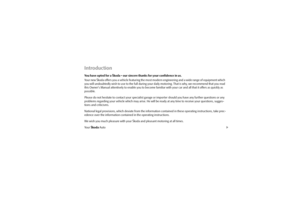 2
2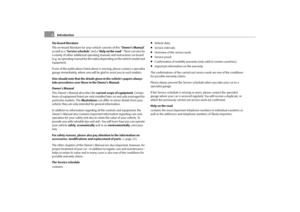 3
3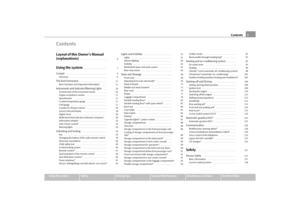 4
4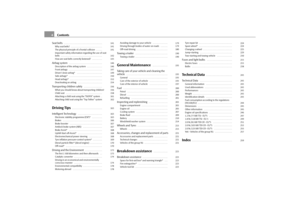 5
5 6
6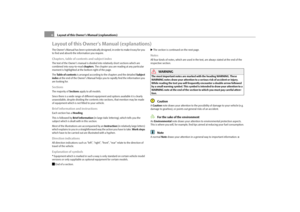 7
7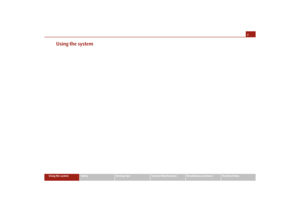 8
8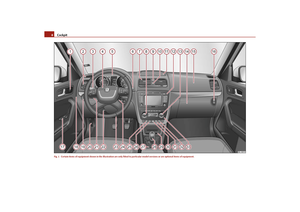 9
9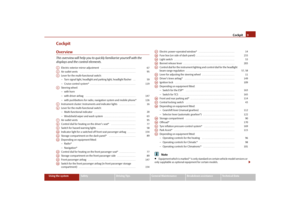 10
10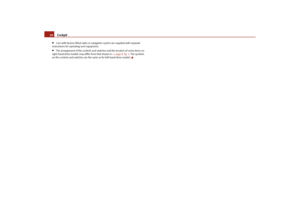 11
11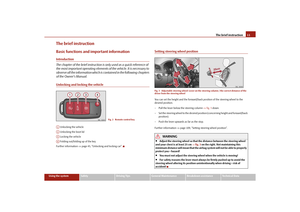 12
12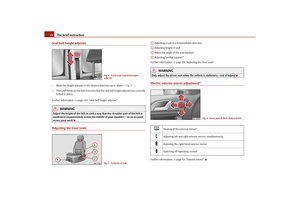 13
13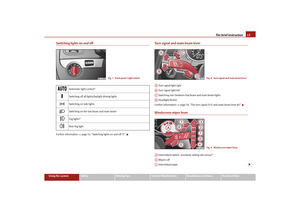 14
14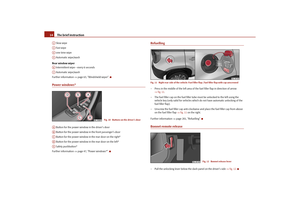 15
15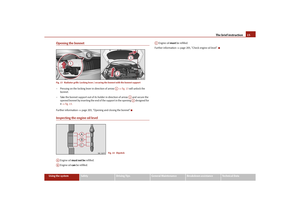 16
16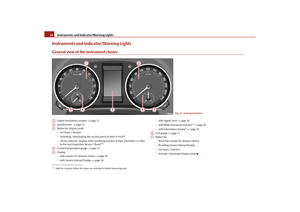 17
17 18
18 19
19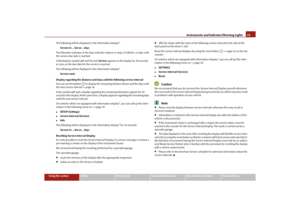 20
20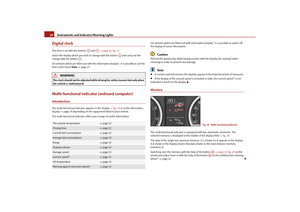 21
21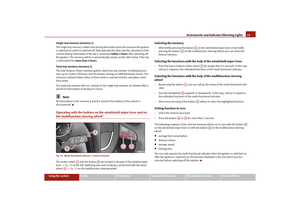 22
22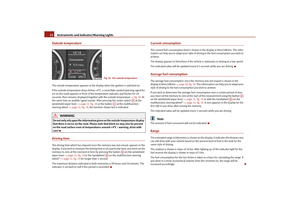 23
23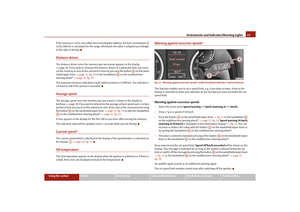 24
24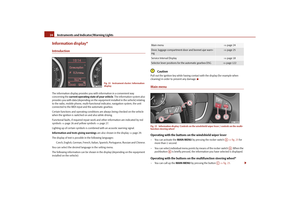 25
25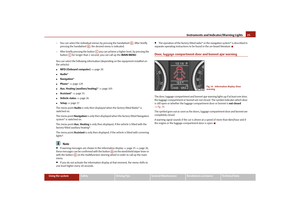 26
26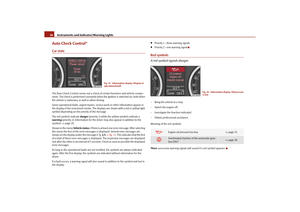 27
27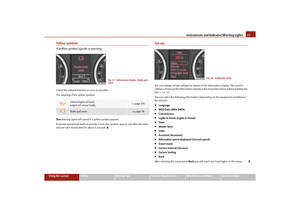 28
28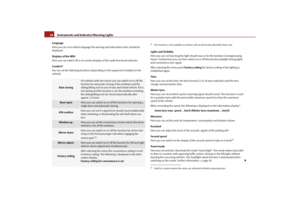 29
29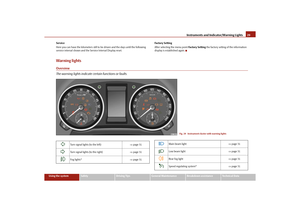 30
30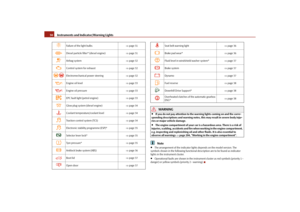 31
31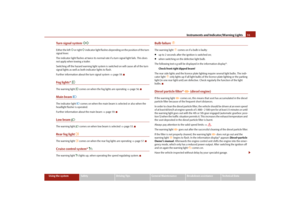 32
32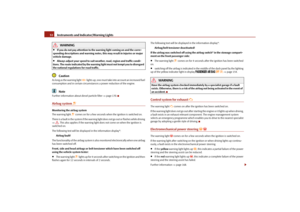 33
33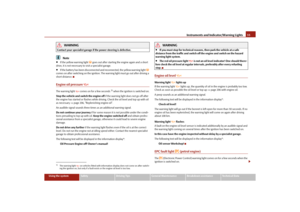 34
34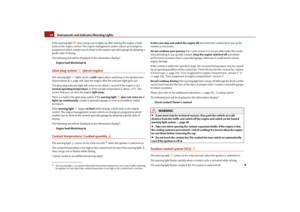 35
35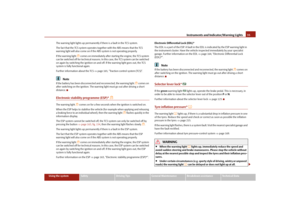 36
36 37
37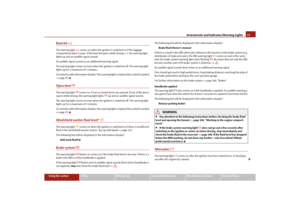 38
38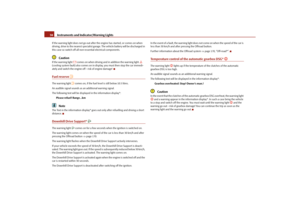 39
39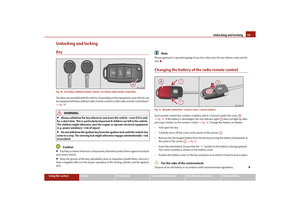 40
40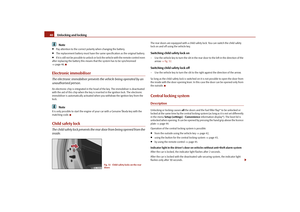 41
41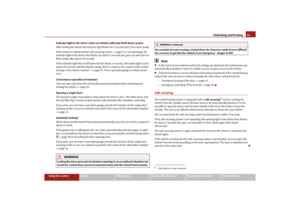 42
42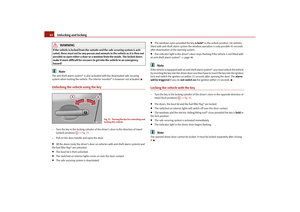 43
43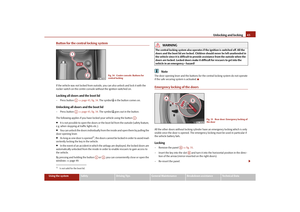 44
44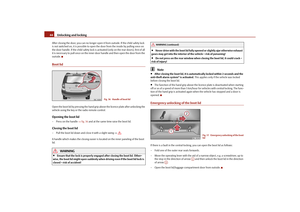 45
45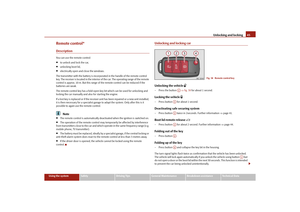 46
46 47
47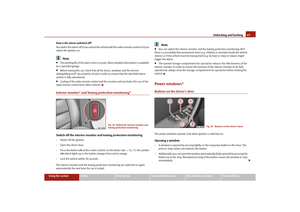 48
48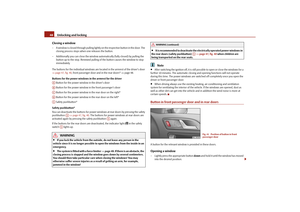 49
49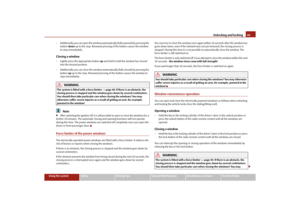 50
50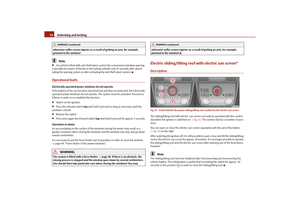 51
51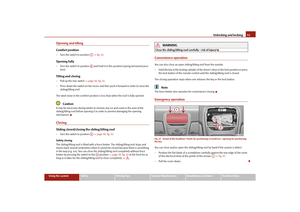 52
52 53
53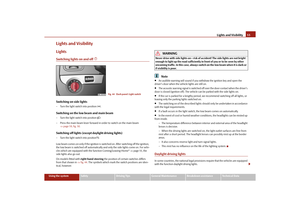 54
54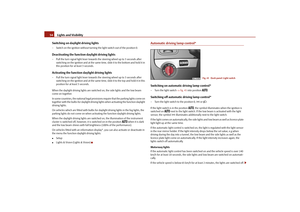 55
55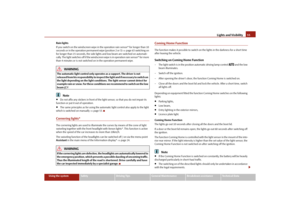 56
56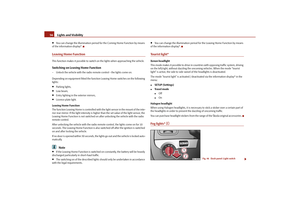 57
57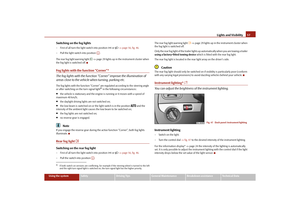 58
58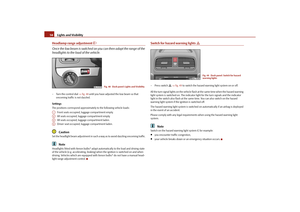 59
59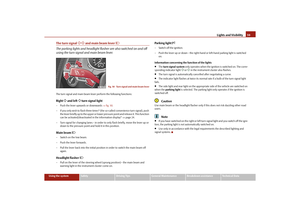 60
60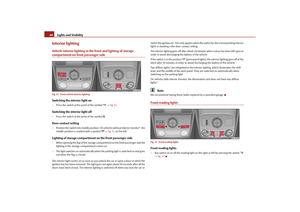 61
61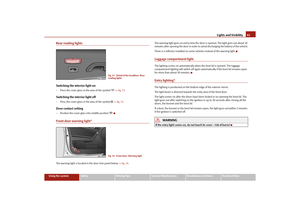 62
62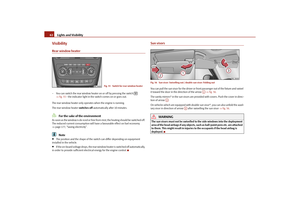 63
63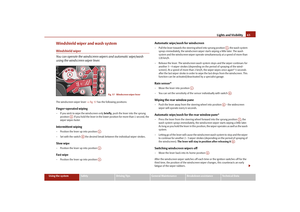 64
64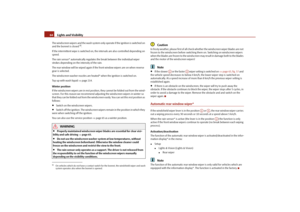 65
65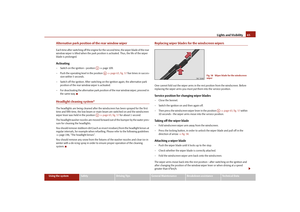 66
66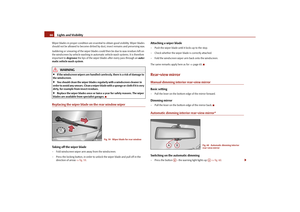 67
67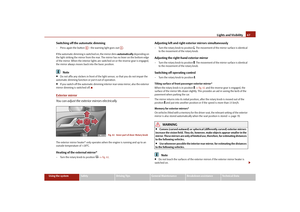 68
68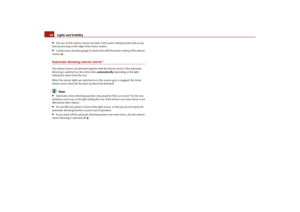 69
69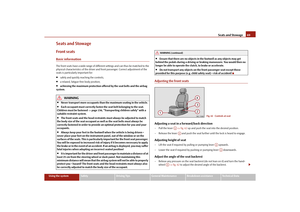 70
70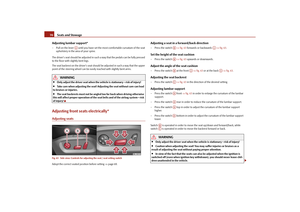 71
71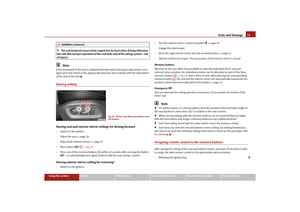 72
72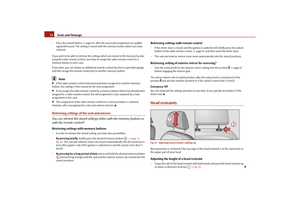 73
73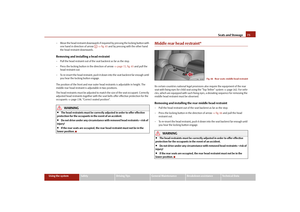 74
74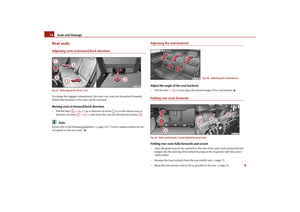 75
75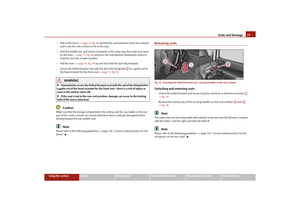 76
76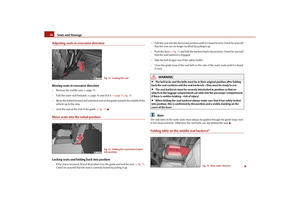 77
77 78
78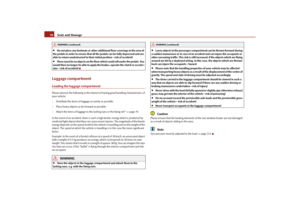 79
79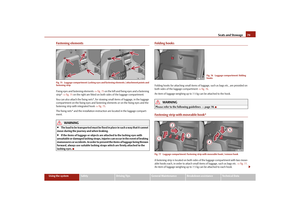 80
80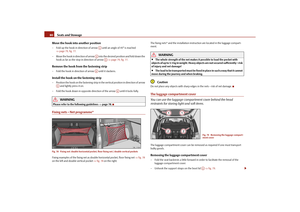 81
81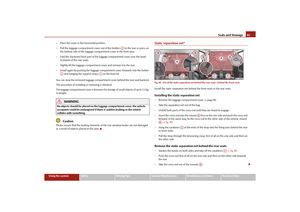 82
82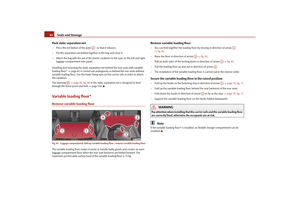 83
83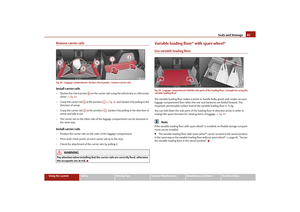 84
84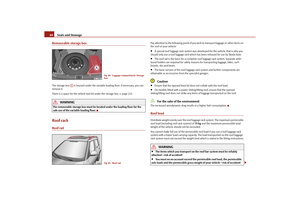 85
85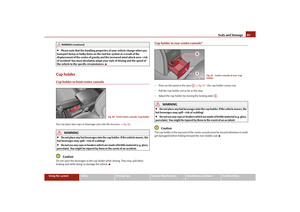 86
86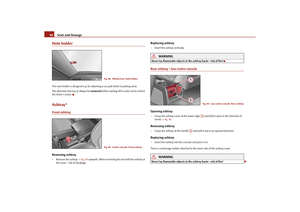 87
87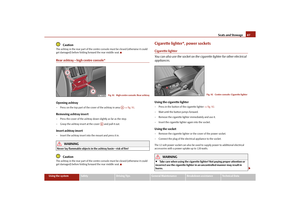 88
88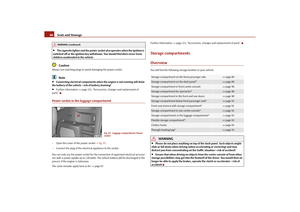 89
89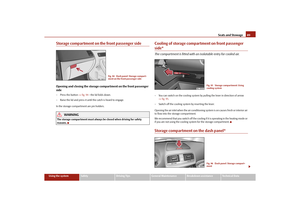 90
90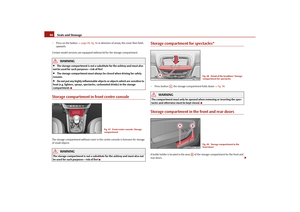 91
91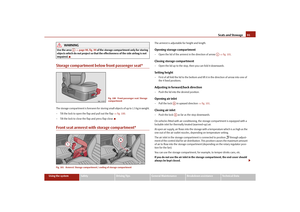 92
92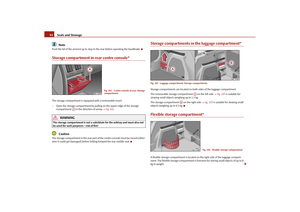 93
93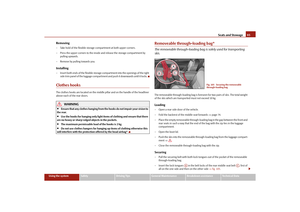 94
94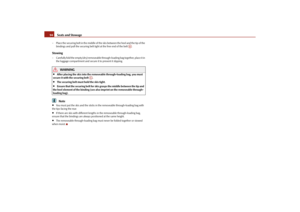 95
95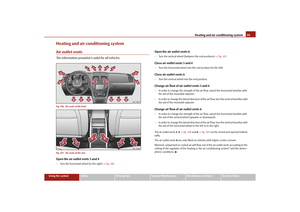 96
96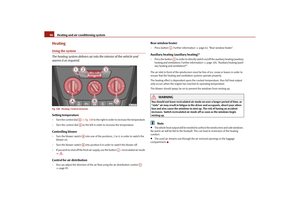 97
97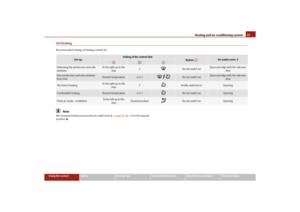 98
98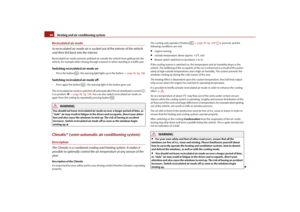 99
99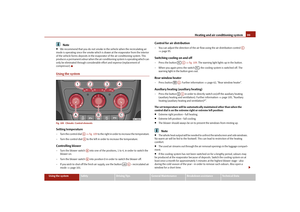 100
100 101
101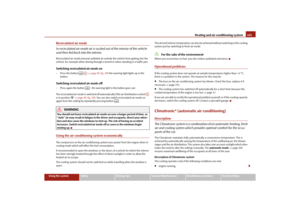 102
102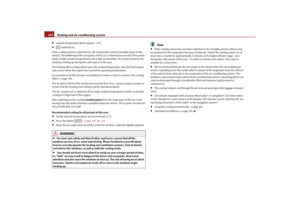 103
103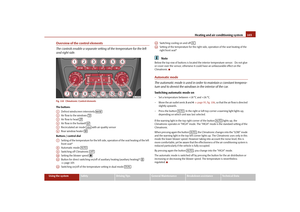 104
104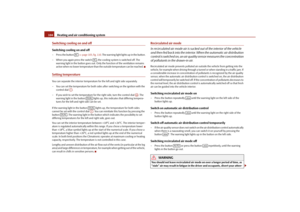 105
105 106
106 107
107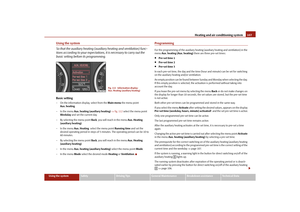 108
108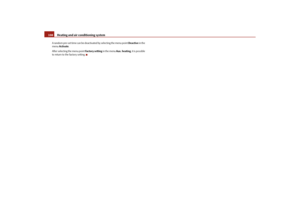 109
109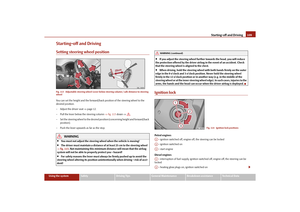 110
110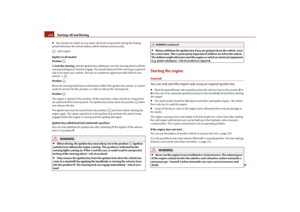 111
111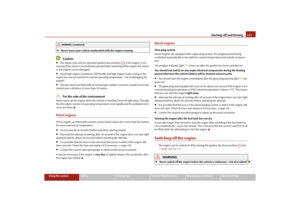 112
112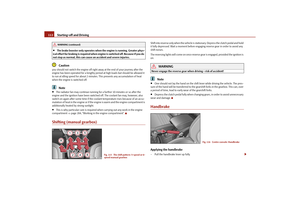 113
113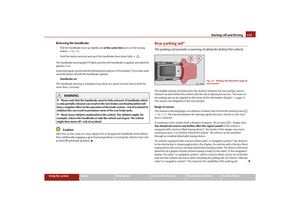 114
114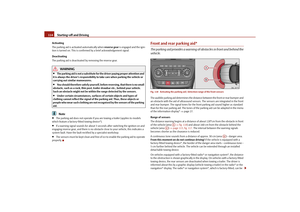 115
115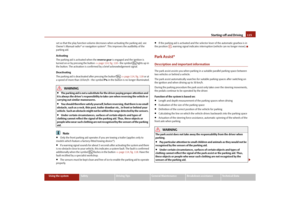 116
116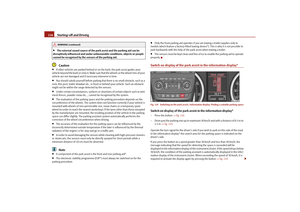 117
117 118
118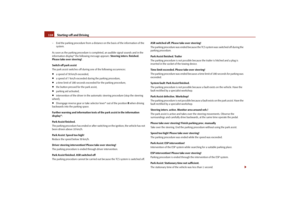 119
119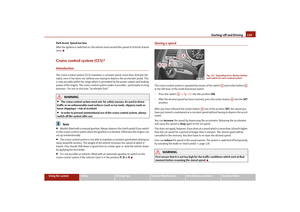 120
120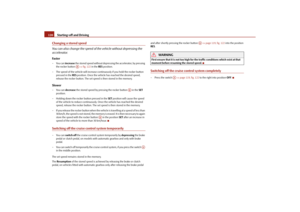 121
121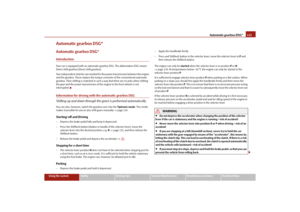 122
122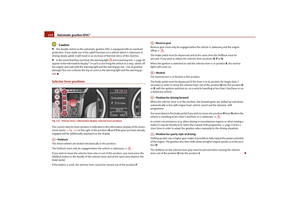 123
123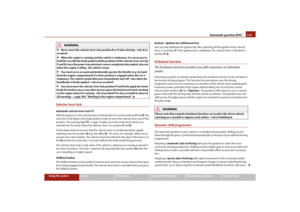 124
124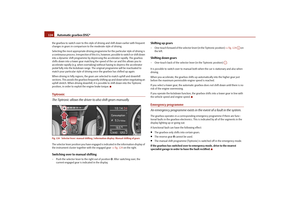 125
125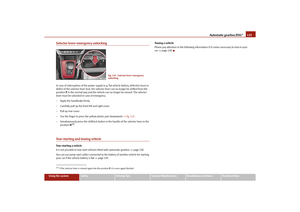 126
126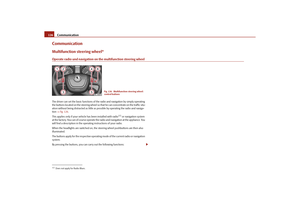 127
127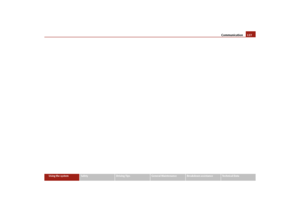 128
128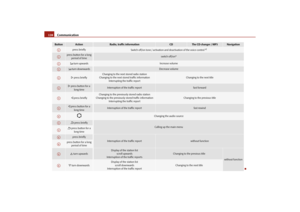 129
129 130
130 131
131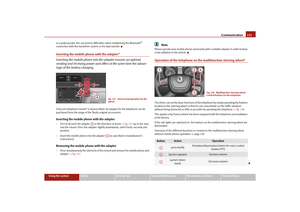 132
132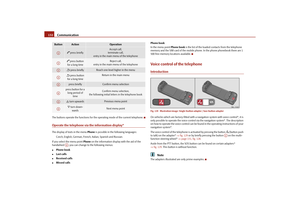 133
133 134
134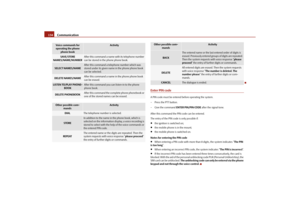 135
135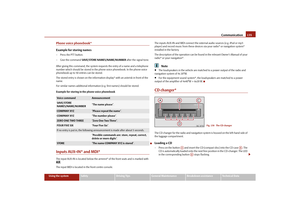 136
136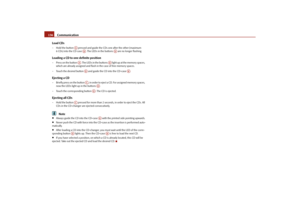 137
137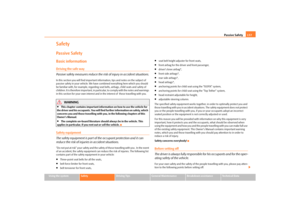 138
138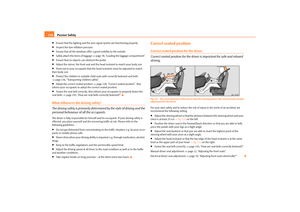 139
139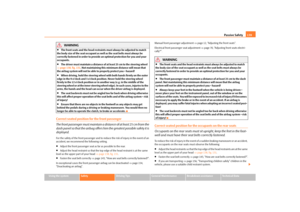 140
140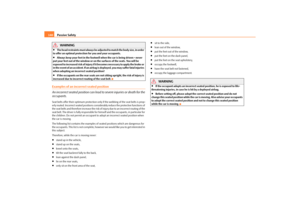 141
141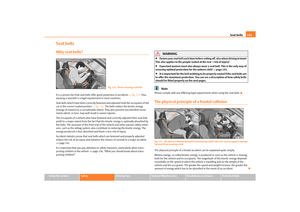 142
142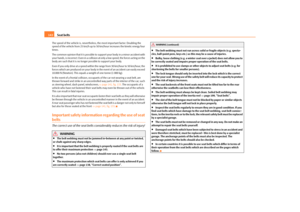 143
143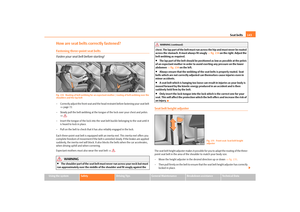 144
144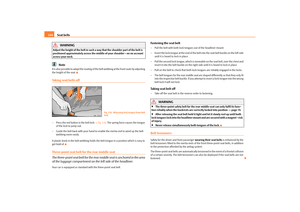 145
145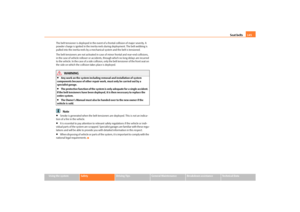 146
146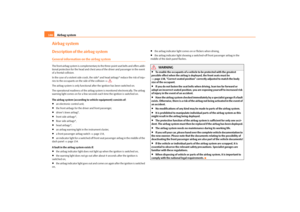 147
147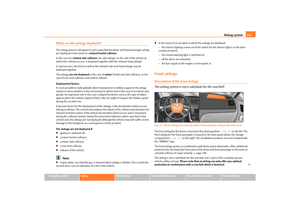 148
148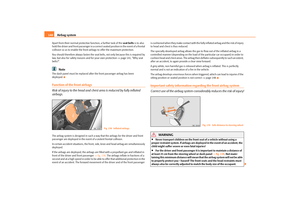 149
149 150
150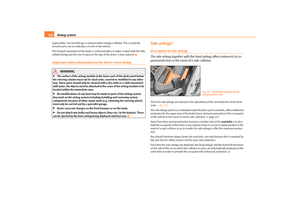 151
151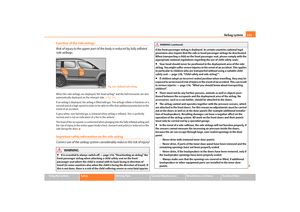 152
152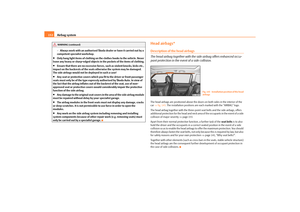 153
153 154
154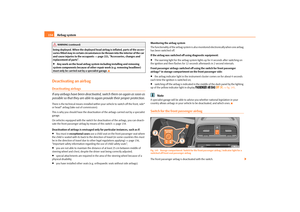 155
155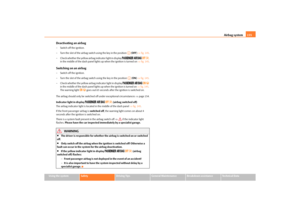 156
156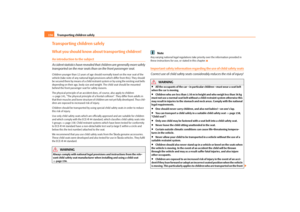 157
157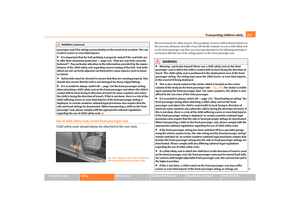 158
158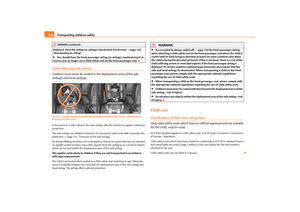 159
159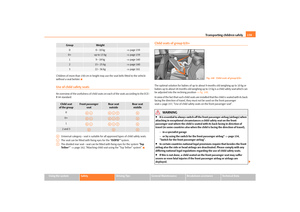 160
160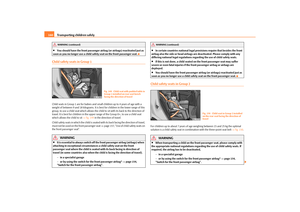 161
161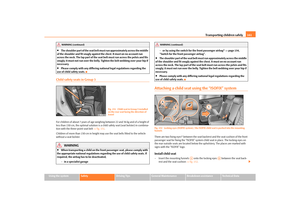 162
162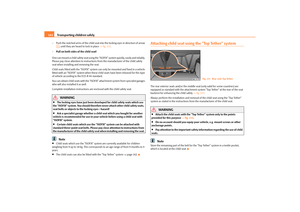 163
163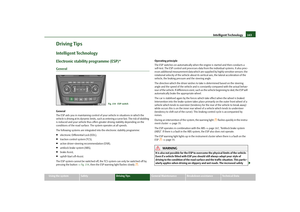 164
164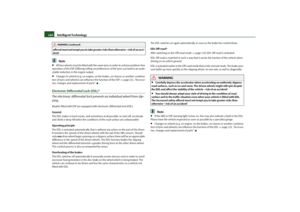 165
165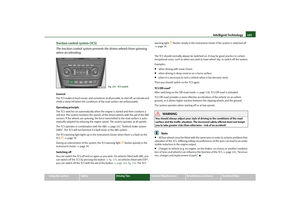 166
166 167
167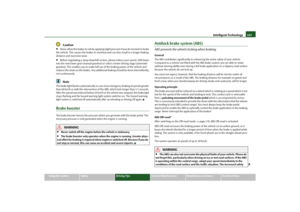 168
168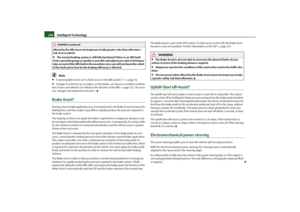 169
169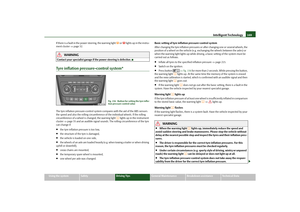 170
170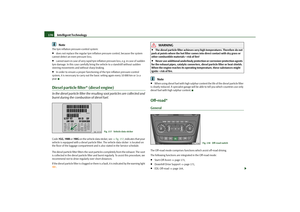 171
171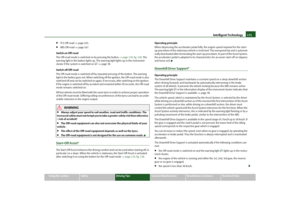 172
172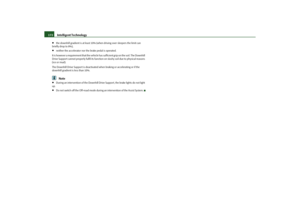 173
173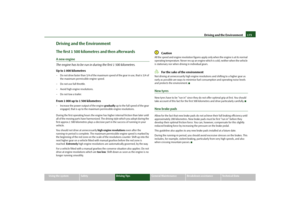 174
174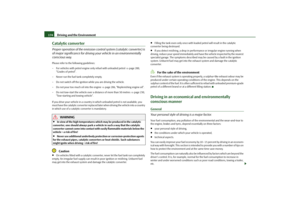 175
175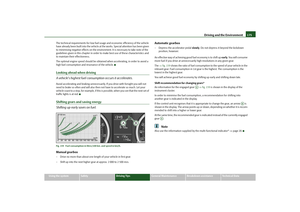 176
176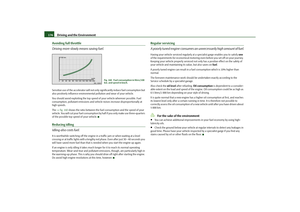 177
177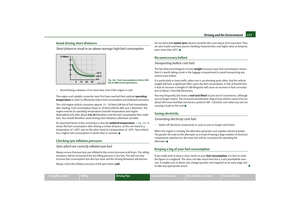 178
178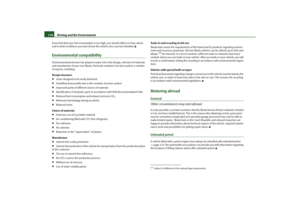 179
179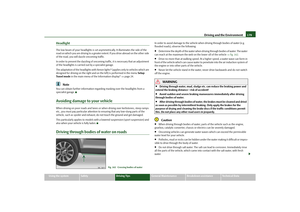 180
180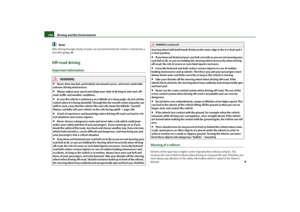 181
181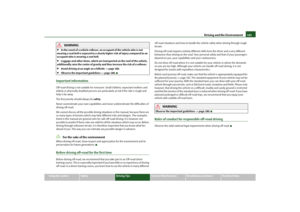 182
182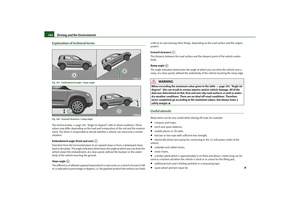 183
183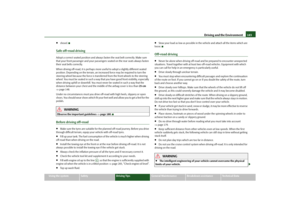 184
184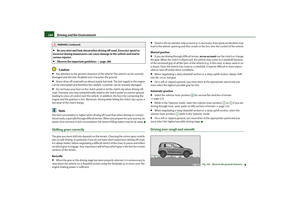 185
185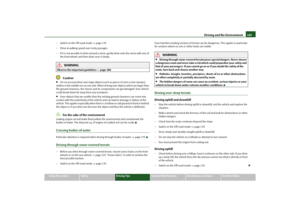 186
186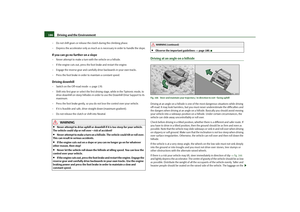 187
187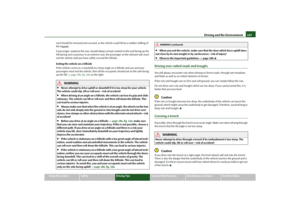 188
188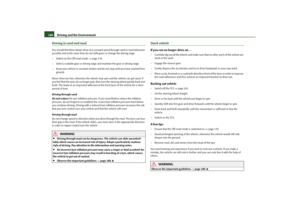 189
189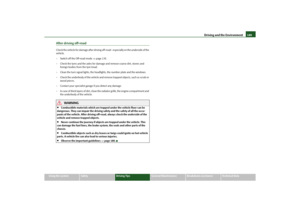 190
190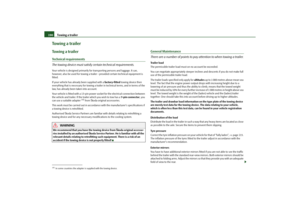 191
191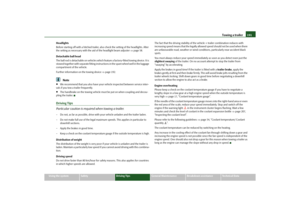 192
192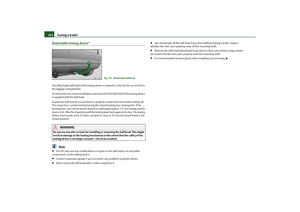 193
193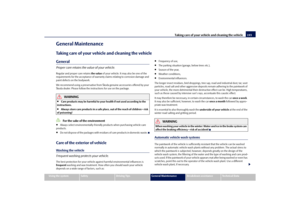 194
194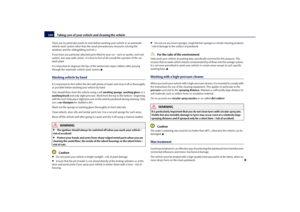 195
195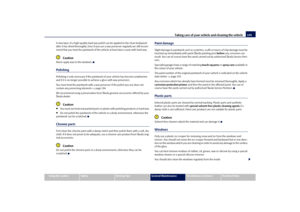 196
196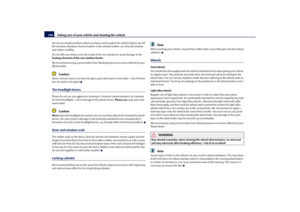 197
197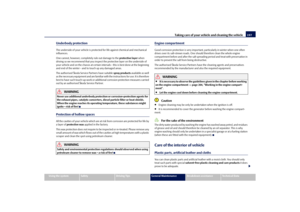 198
198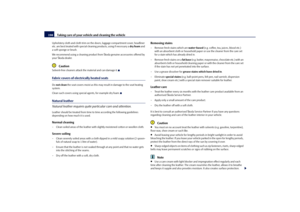 199
199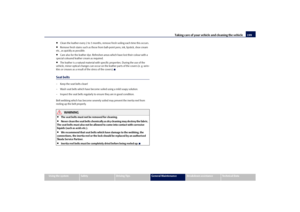 200
200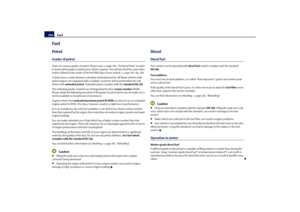 201
201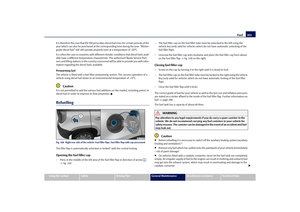 202
202 203
203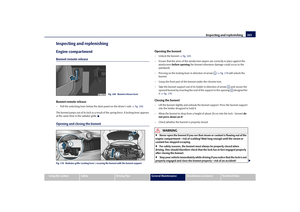 204
204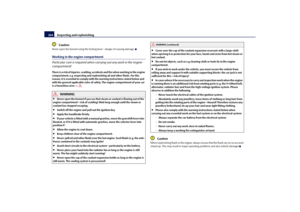 205
205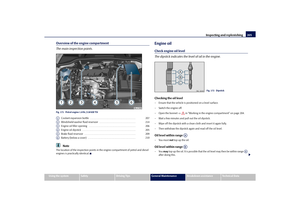 206
206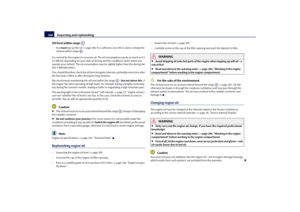 207
207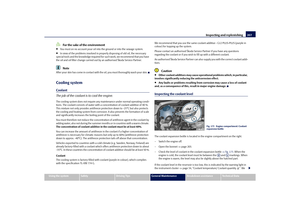 208
208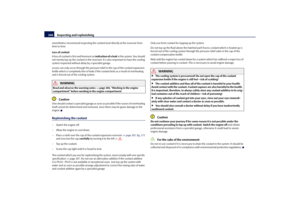 209
209 210
210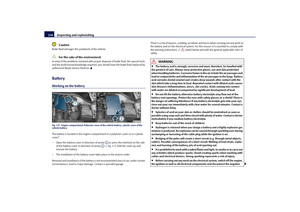 211
211 212
212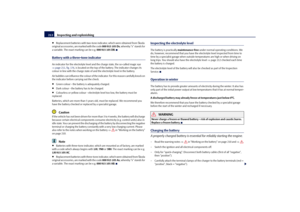 213
213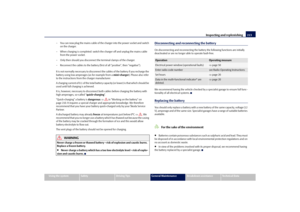 214
214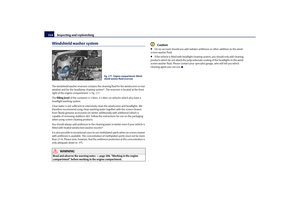 215
215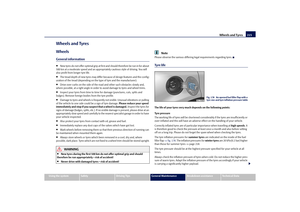 216
216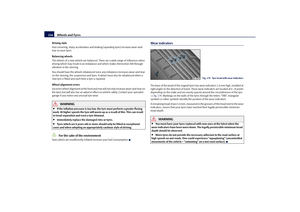 217
217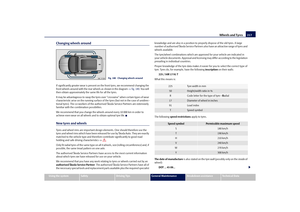 218
218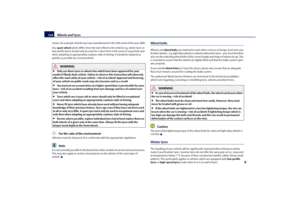 219
219 220
220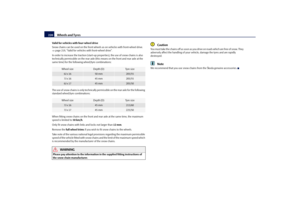 221
221 222
222 223
223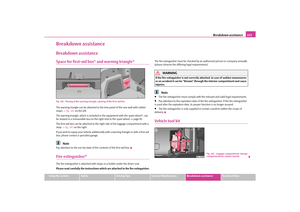 224
224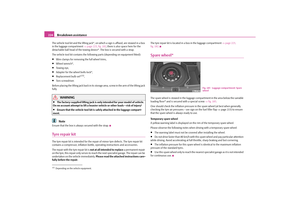 225
225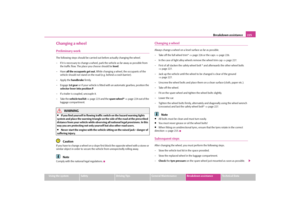 226
226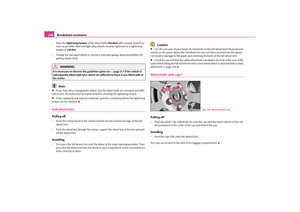 227
227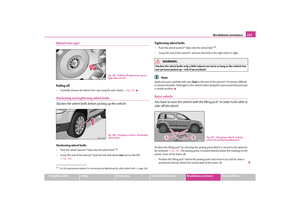 228
228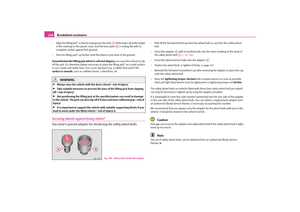 229
229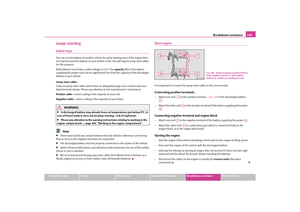 230
230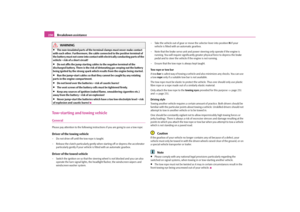 231
231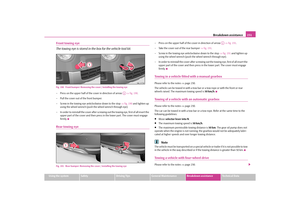 232
232 233
233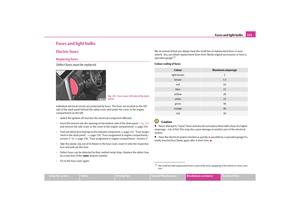 234
234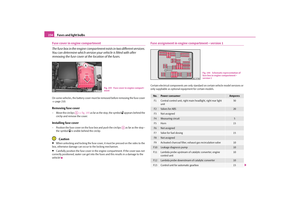 235
235 236
236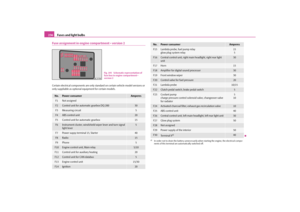 237
237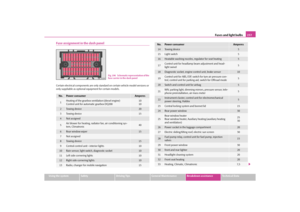 238
238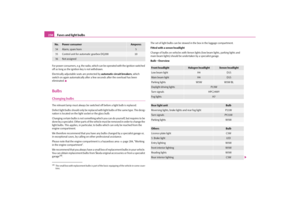 239
239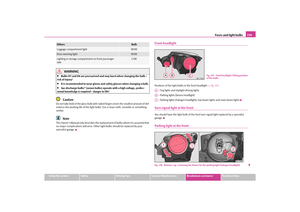 240
240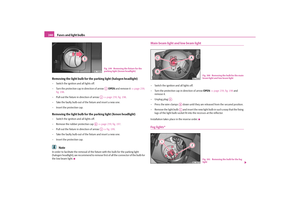 241
241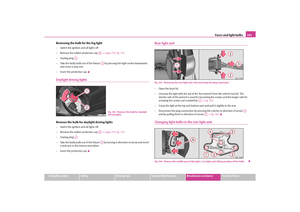 242
242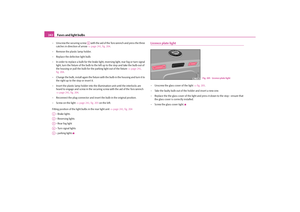 243
243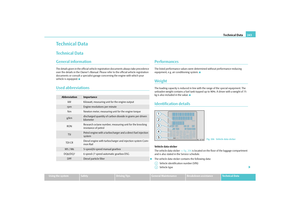 244
244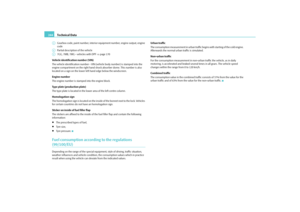 245
245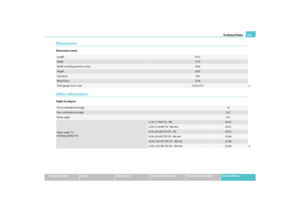 246
246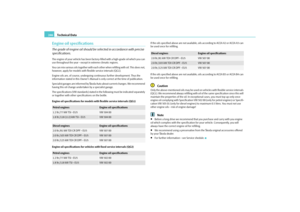 247
247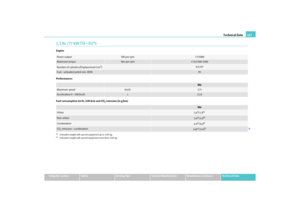 248
248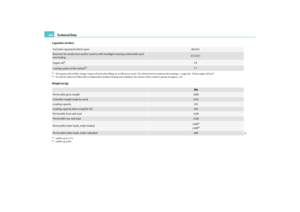 249
249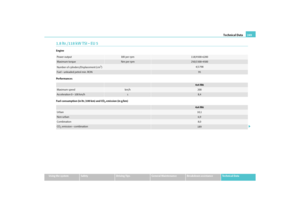 250
250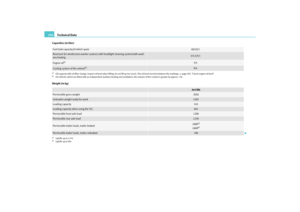 251
251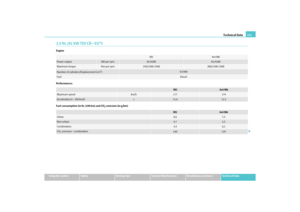 252
252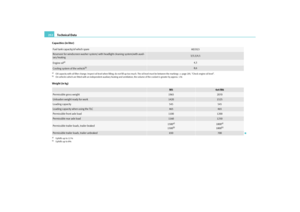 253
253 254
254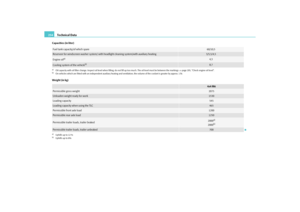 255
255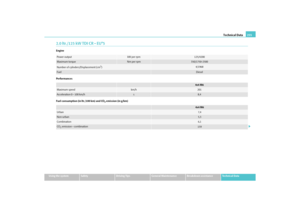 256
256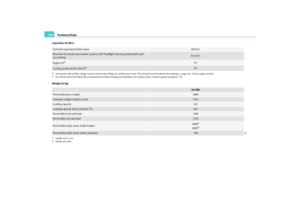 257
257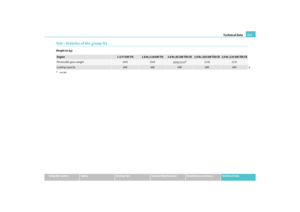 258
258 259
259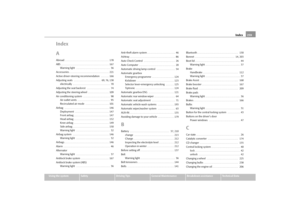 260
260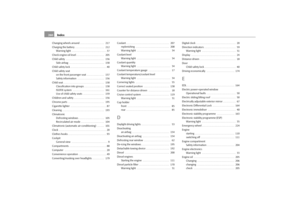 261
261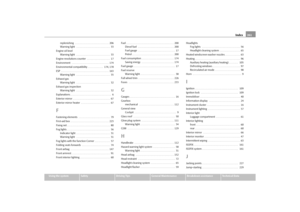 262
262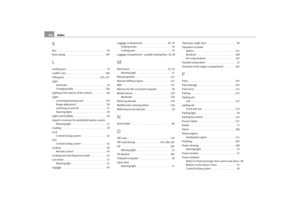 263
263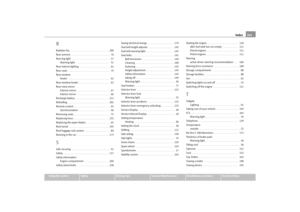 264
264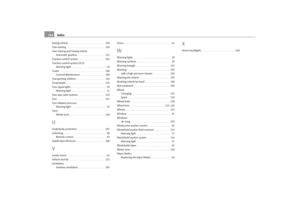 265
265 266
266 267
267 268
268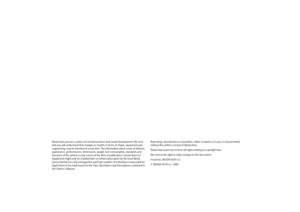 269
269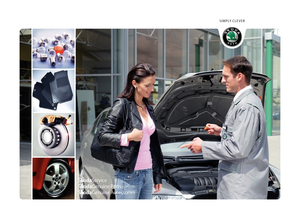 270
270






